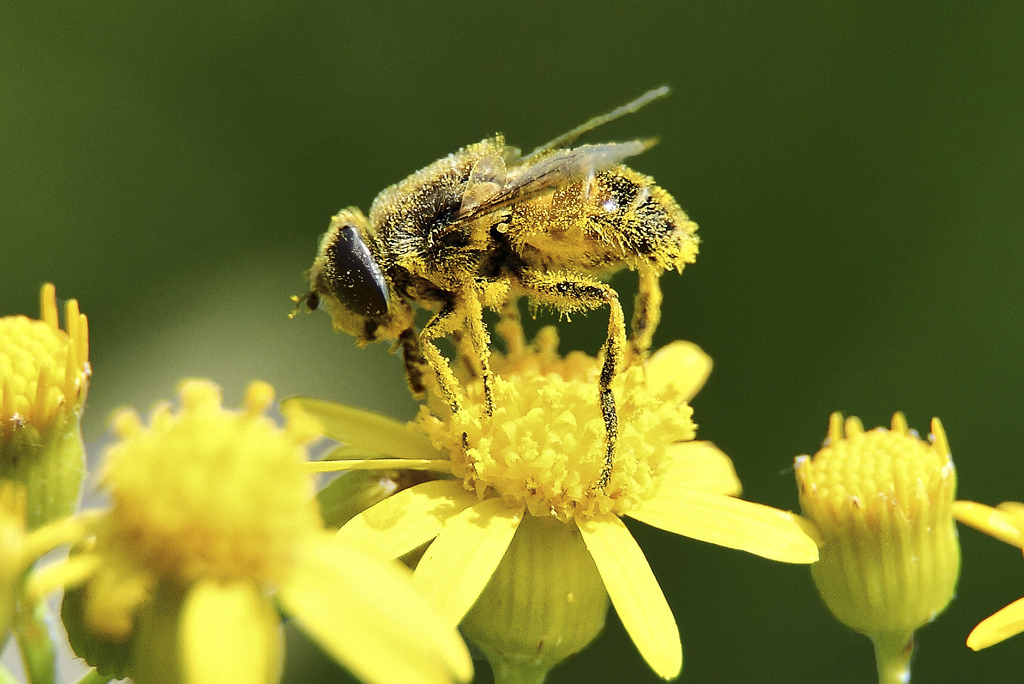Elizabeth Blackburn: The Tasmanian biochemist who discovered The Telomere Effect
Simon Watts2021-02-03T08:51:25+11:00If you have ever wondered whether there is a way to slow down the aging process, then Elizabeth Blackburn has some answers for you. Blackburn is (so far) Australia’s only female Nobel prize winner. She was awarded the prize in 2009 for her work on telomeres. Telomeres are the sections of DNA that occur on the ends of chromosomes. (All of the DNA in each of your cells is organised into parcels called chromosomes. Each cell in the body has 46 chromosomes). Telomeres stop chromosomes from ‘unravelling’ in the same way that the plastic caps on the ends of shoelaces [...]










